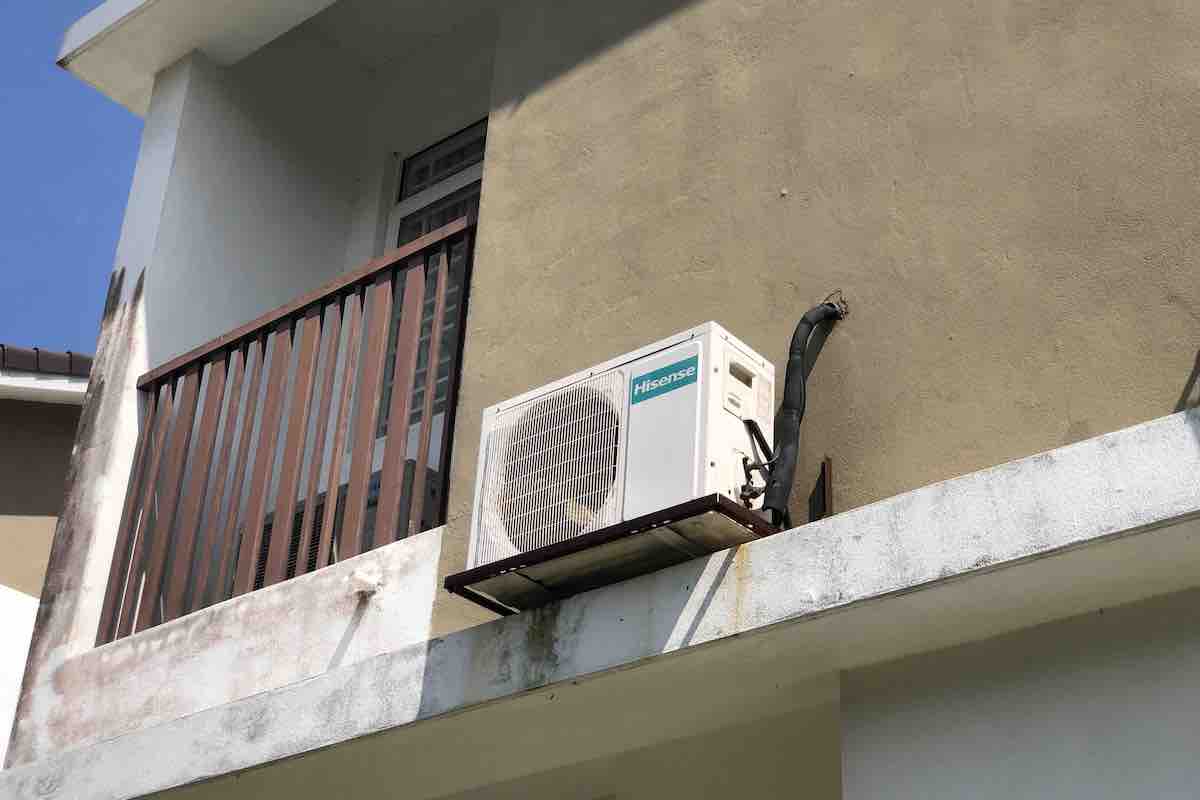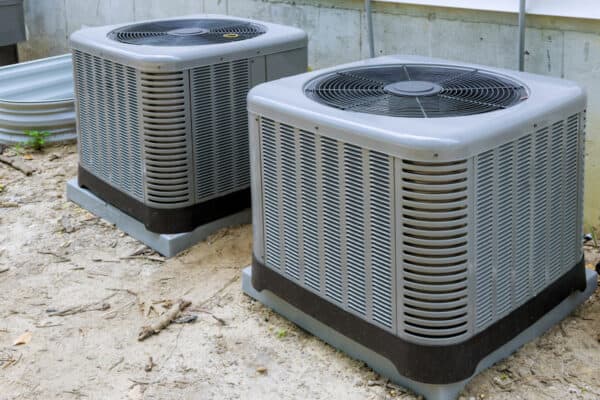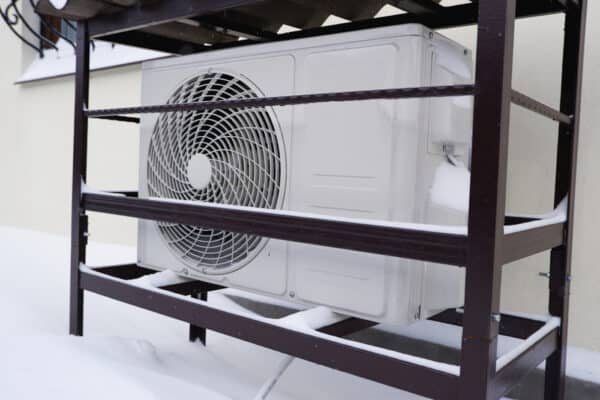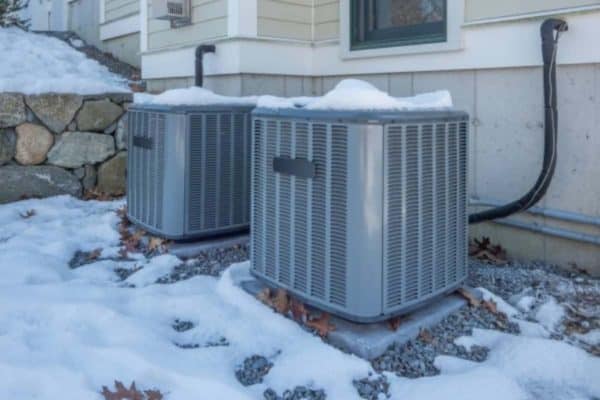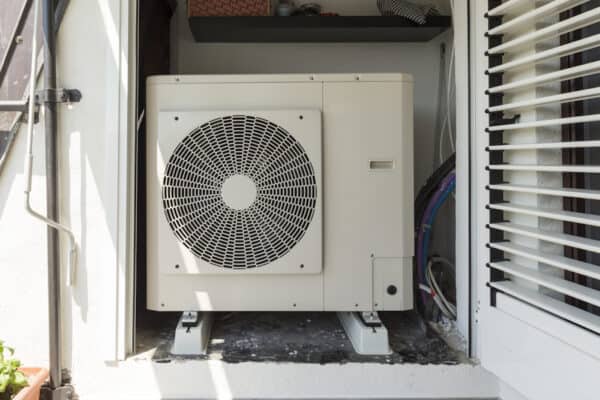What is the COP of Heat Pumps?
Heat pumps are known to be efficient. In terms of measurement, COP is often used to describe the energy efficiency of heat pumps. But, many people don’t quite understand what is COP in heat pumps. So, I did some research.
The COP of a heat pump is measured by dividing the heating output of the heat pump (in kW) by the power input of the heat pump (in kW) at a given operating condition. The resulted COP is a unitless number. The higher the COP of a heat pump, the higher the energy efficiency of the heat pump.
When comparing the COP of heat pumps, the operating condition must be equal. So, let’s take a closer look at what is the COP of heat pumps.
What is COP in Heat Pumps?
COP stands for coefficient of performance. As the name suggests, it is a measure of performance. Heat pumps alongside other HVAC units such as chillers, air conditioners and refrigerators use COP to represent their energy efficiency.
To accurately compare the COP of different heat pumps, the operating condition of the heat pumps must be identical. For example, the COP of mini split heat pumps is rated at the following operating condition:
| Operating Condition | Dry Bulb Temperature | Wet Bulb Temperature |
|---|---|---|
| Indoor Temperature | 70°F | 60°F |
| Outdoor Temperature | 47°F | 43°F |
The above operating condition is the AHRI rated condition. Mini split heat pumps that are certified by AHRI are tested with the above operating condition.
Hence, if a mini split heat pump has a rated COP of 4.68, it means that the heat pump is able to produce 4.68 times of heating output for every kW (kilowatt) of power input when the outdoor temperature is 47°F and the indoor temperature is 70°F.
Since both the indoor and outdoor temperatures vary from moment to moment, the COP of a heat pump is constantly changing as well.
Below is a typical mini split heat pump brochure. The text printed on the brochure does not clearly indicate that the COP is rated at 47°F outdoor temperature. However, if calculate the COP as follow, we’ll see that the stated COP is actually based on 47°F outdoor temperature.
COP at 47°F = (Capacity at 47°F) ÷ (Power Input at 47°F)
COP at 47°F = (8700/3412) ÷ (545/1000)
COP at 47°F = (2.549 kW) ÷ (0.545)
COP at 47°F = 4.68
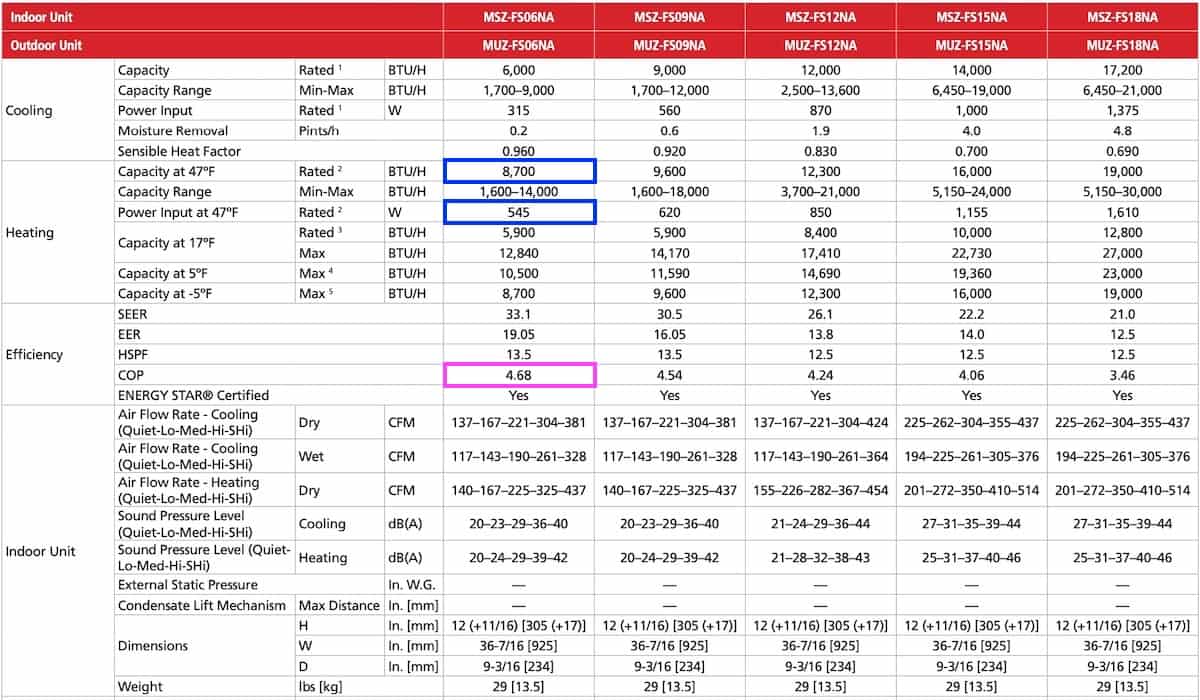
Therefore, if we want to compare the energy efficiency of heat pumps at a lower outdoor temperature than 47°F, we need to re-calculate the COP instead of comparing the COP stated on the brochure.
After 47°F of outdoor temperature, the second most common outdoor temperature at which a mini split heat pump operates is 5°F. To calculate the COP at 5°F, we need to look at the submittal data as follow:
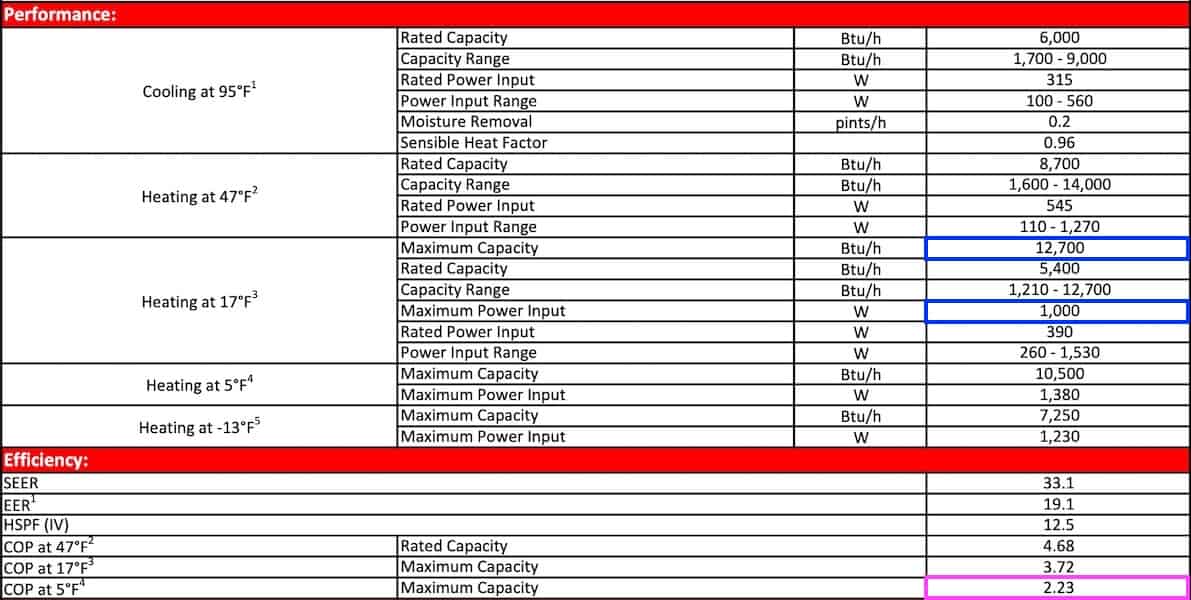
From the submittal data, we can either compare the COP of heat pumps using maximum capacity or rated capacity. However, the COP at maximum capacity is a more practical parameter to compare as it is widely available.
The next common outdoor temperature at which a mini split heat pump operates is -5°F. Unfortunately, not all of them publish such data. After that, the last outdoor temperature we can look at is the lowest outdoor operating temperature at which the mini split heat pump can operate.
In the case of the Mitsubishi MSZ-FS mode, the lowest outdoor operating temperature is -13°F where the COP for the 6000 BTU model can be calculated as follow:
COP at -13°F = (Maximum Capacity at -13°F) ÷ (Maximum Power Input at -13°F)
COP at -13°F = (7250/3412) ÷ (1230/1000)
COP at -13°F = (2.13 kW) ÷ (1.23)
COP at -13°F = 1.73
The bottom line is that if we intend to use a heat pump in cold places, we need to compare the COP of different heat pumps at a specific outdoor temperature in order to identify the most energy-efficient one.
What is a Good COP for Heat Pumps?
I compared more than 300 mini split heat pumps to identify the average COP of heat pumps. Below is the result of my comparison:
| Outdoor Temperature | Average COP | Good COP | Highest COP |
|---|---|---|---|
| 47°F | 3.53 (Rated) | 4.50 (Rated) | 5.33 (Rated) |
| 5°F | 2.09 (Max) | 2.43 (Max) | 3.13 (Max) |
| -13°F | 1.67 (Max) | 1.80 (Max) | 1.92 (Max) |
Among the 201 mini split heat pumps that I compared, the average COP is 3.53 at rated capacity with an outdoor temperature of 47°F. On the upper range, there is a handful of mini split heat pumps with a good COP of 4.50. The highest COP that I’ve seen is 5.33.
When it comes to 5°F of outdoor temperature, I managed to compare 52 mini split heat pumps. Among them, the average COP is 2.09 at maximum capacity. A few of them have a good COP of 2.43 while the highest COP that I’ve seen in this category is 3.13.
For -13°F of outdoor temperature, there are not many options and I only get to compare 14 mini split heat pumps. Still, the average COP among the 14 units is 1.67. The upper limit of COP is a good 1.80. Meanwhile, the highest COP among them is 1.92.
All and all, if a heat pump has a COP of 4.5 and above at AHRI rated conditions, it is considered a high energy efficiency heat pump.
Can the COP of Heat Pumps Be Less Than 1?
Generally, the COP of a heat pump cannot be less than 1 because the energy taken by the heat pump won’t disappear but converted into heat energy in accordance with the first law of thermodynamics which energy can neither be created nor destroyed, only altered in form.
However, the COP of a heat pump can be equal to 1 given that the operating condition is beyond the limit of the heat pump.
One example is the lossy mode of the Tesla Model Y heat pump.
Basically, the heat pump is unable to extract any heat from the ambient air because the temperature is too low. Hence, the heat pump is forced to run inefficiently so that it generates an excessive amount of heat which is then harvested to provide heating for the vehicle cabin.
Such a heating method yields a COP of 1. Essentially, the heat pump acts as a space heater.
For more details about the operation of the Tesla Model Y heat pump, see my post How Tesla Heat Pump Works (vs HVAC Heat Pumps).
Which Heat Pump Has the Highest COP?
Among residential air conditioners / heat pumps, the ductless mini split is the most efficient type. Since I’ve compared more than 300 mini split heat pumps, the result is as follow:
| Outdoor Temperature | Mini Split Heat Pump | COP |
|---|---|---|
| 47°F | Fujitsu ASUG09LZAS | 5.33 (Rated) |
| 5°F | LG LAN090HYV3 | 3.13 (Max) |
| -13°F | Mitsubishi MSZ-FS12NA | 1.92 (Max) |
Currently, the Fujitsu ASUG09LZAS is the highest COP mini split heat pump at AHRI rated conditions. Its COP at 47°F of outdoor temperature is 5.33 which is 51% higher than most mini split heat pumps.
At an outdoor temperature of 5°F, the LG LAN090HYV3 mini split heat pump has the highest COP while the Mitsubishi MSZ-FS12NA has the highest COP at -13°F of outdoor temperature.
To see my preferred mini split heat pumps for heating, check out my post 11 Best Mini Splits for Heating (Cold Climate Models).
Conclusion
COP is a measurement of energy efficiency for heat pumps and other HVAC units. However, due to the constant changes in operating conditions, COP must be compared at a specific operating condition in order to accurately reflect the actual energy efficiency of heat pumps.
The higher the COP of a heat pump, the higher the energy efficiency of the heat pump.
Therefore, in order to get the most out of a heat pump, choosing one with the highest COP often is a good choice. Not only does it consume less energy, but it is also better for the environment.
Lastly, consider my Mini Split (eBook) if you want to know how can you use Mini Split in your house. If you still have doubt or not feeling confident enough, feel free to consult me.
Consultation Service
Ask me for HVAC advice such as brand selection, best model, benefits, features, placement, duct size, grille size, how to design, design check, verification and other HVAC related queries.
If you have anything to add (or ask) about this topic, leave a comment down below!


